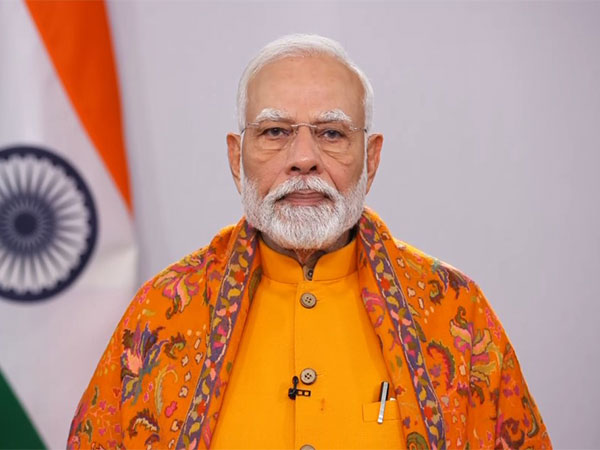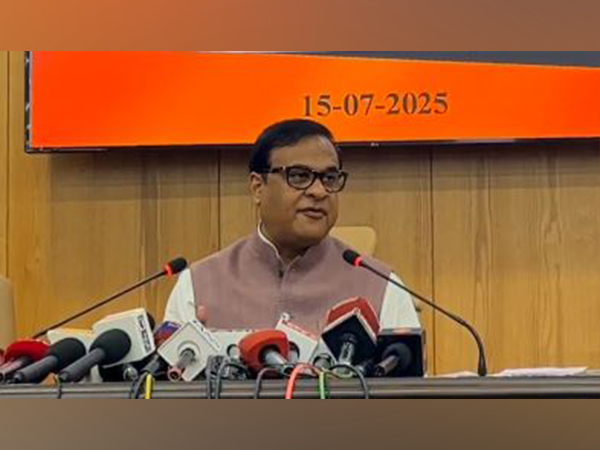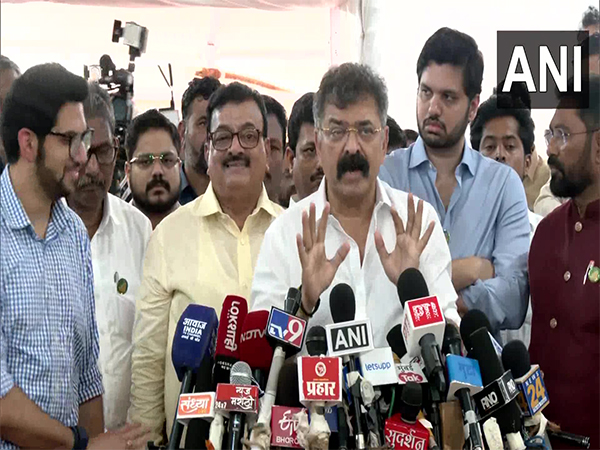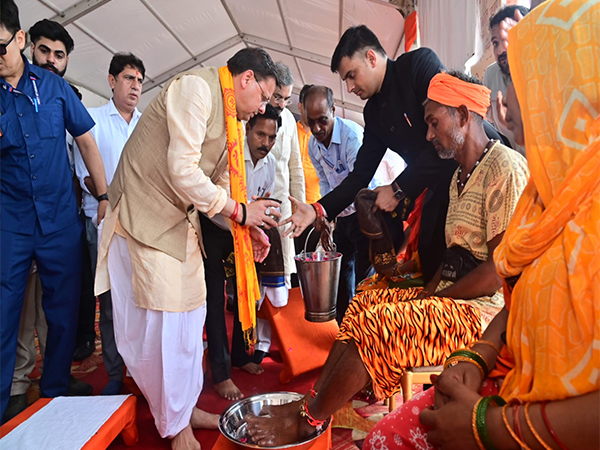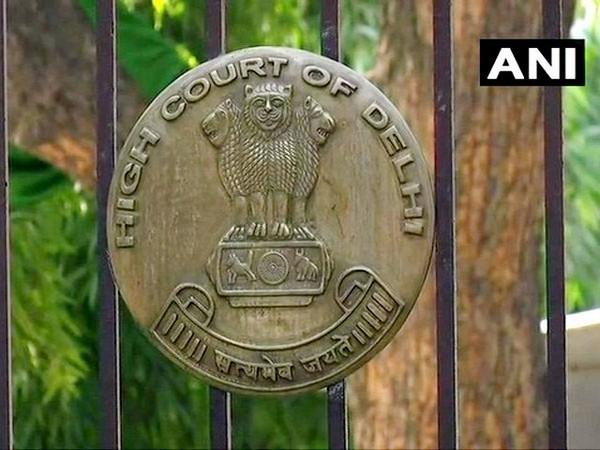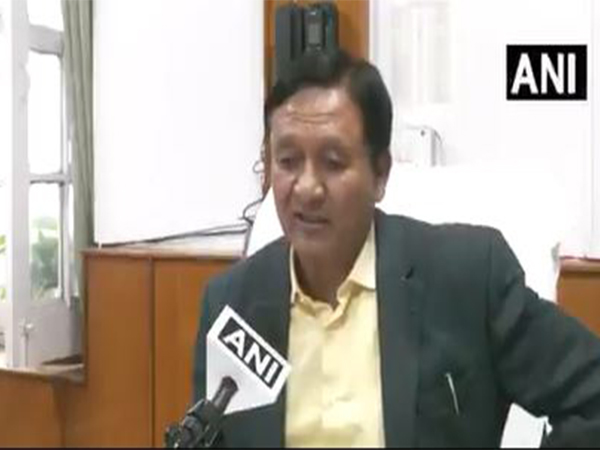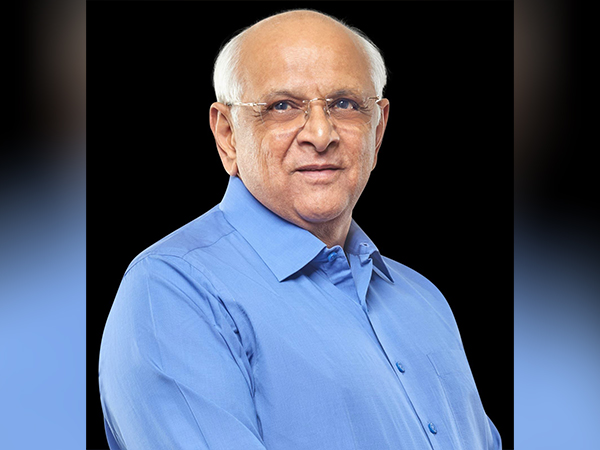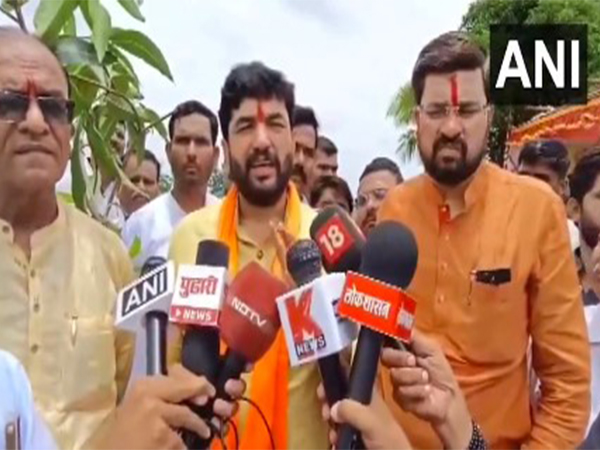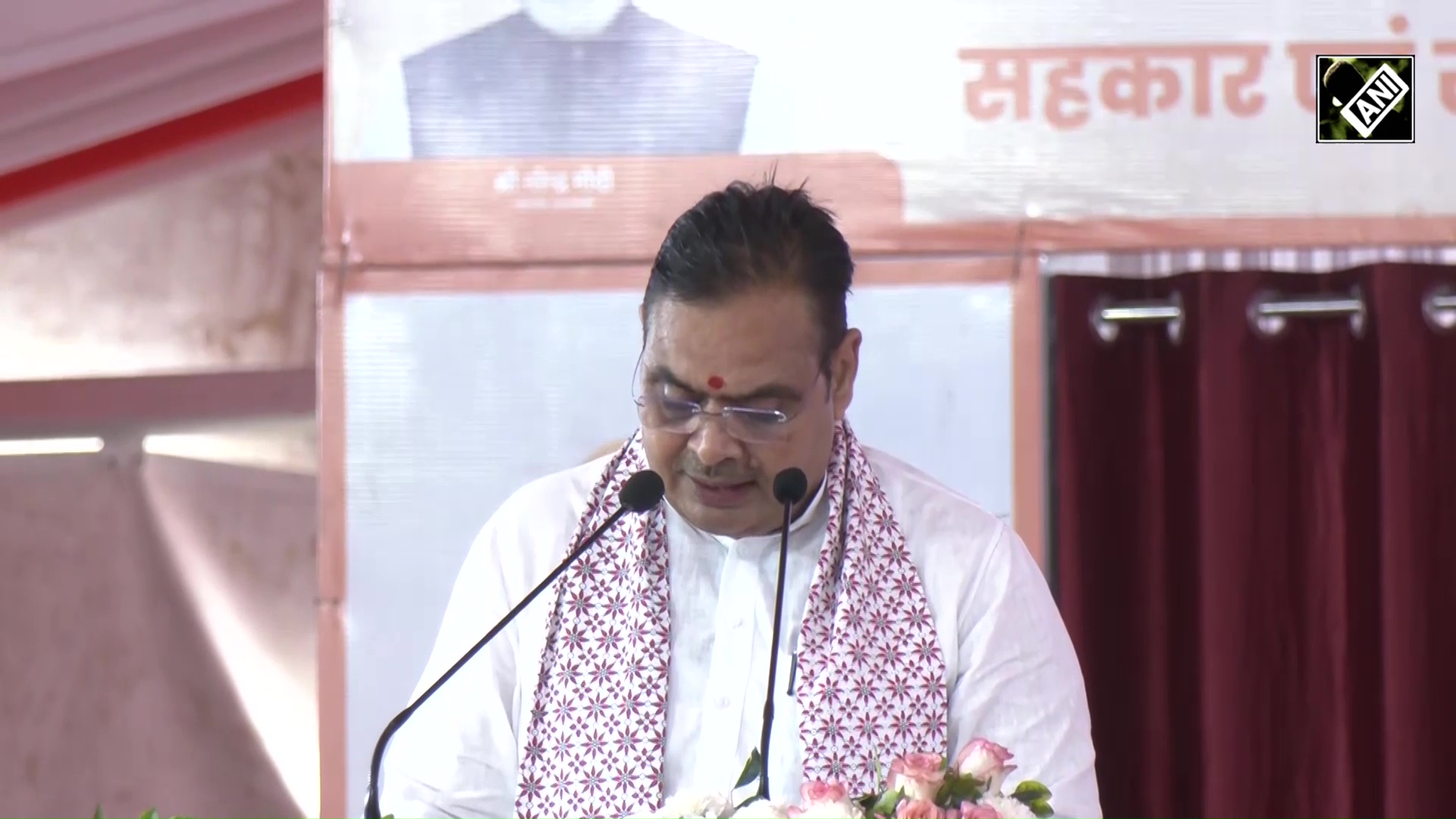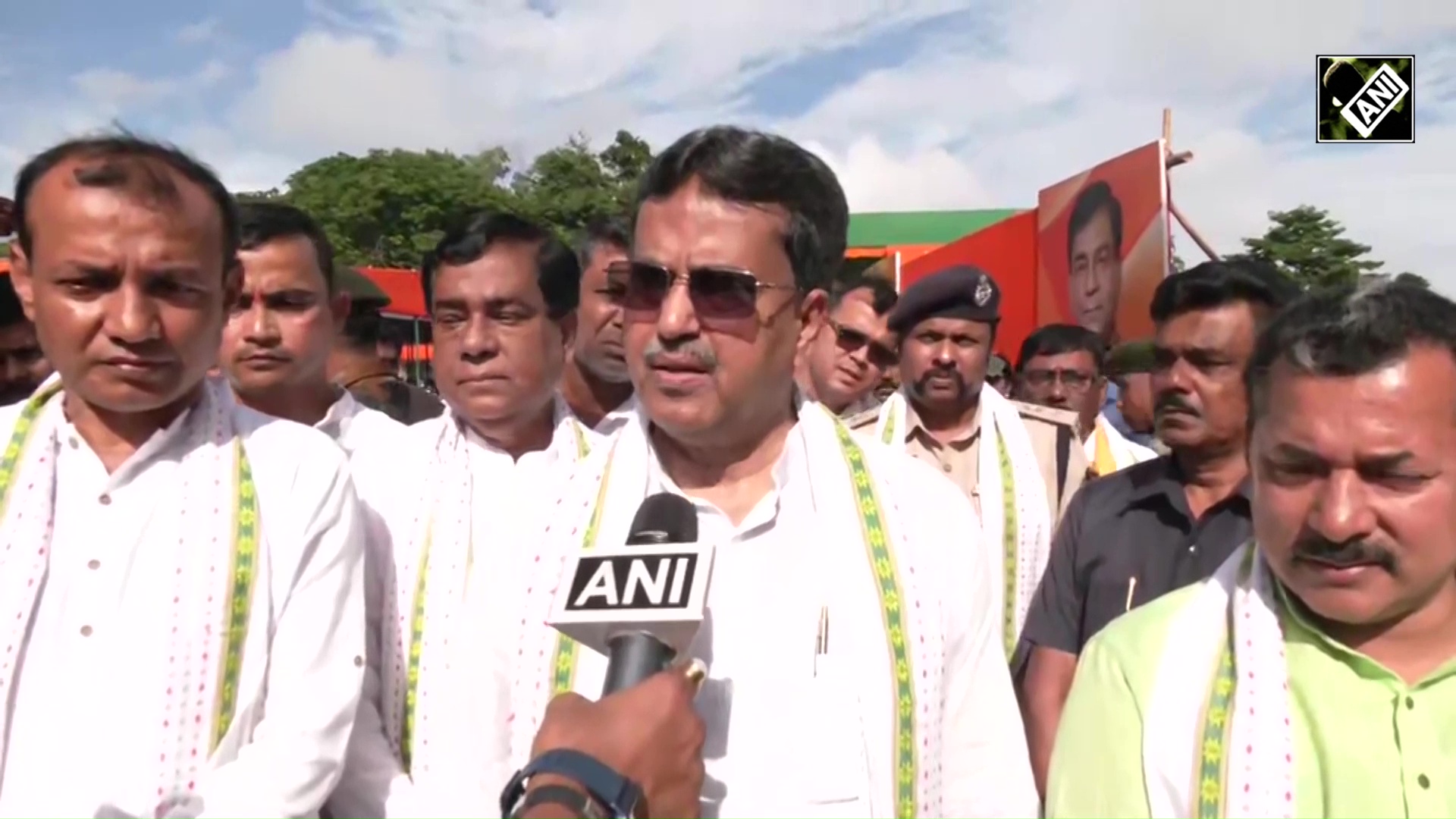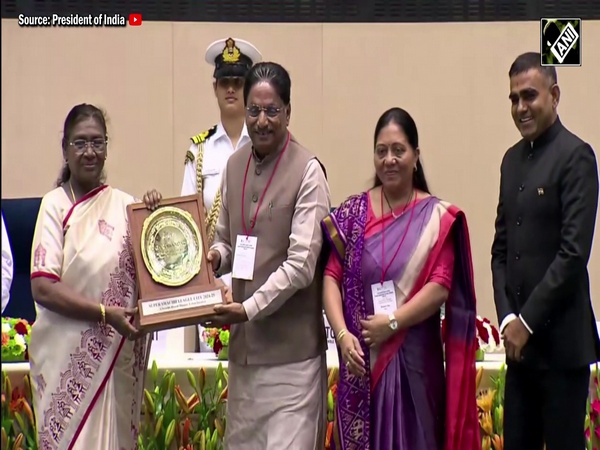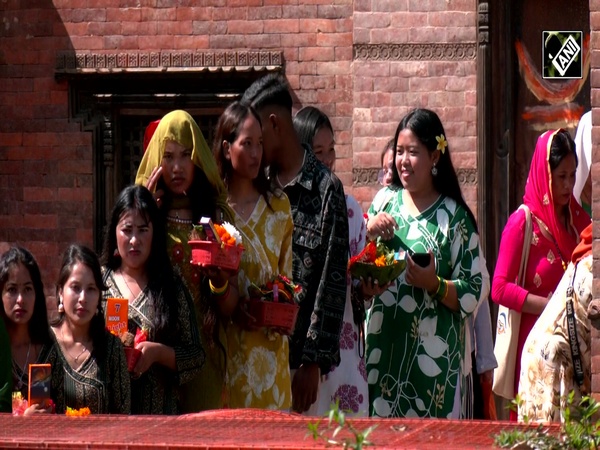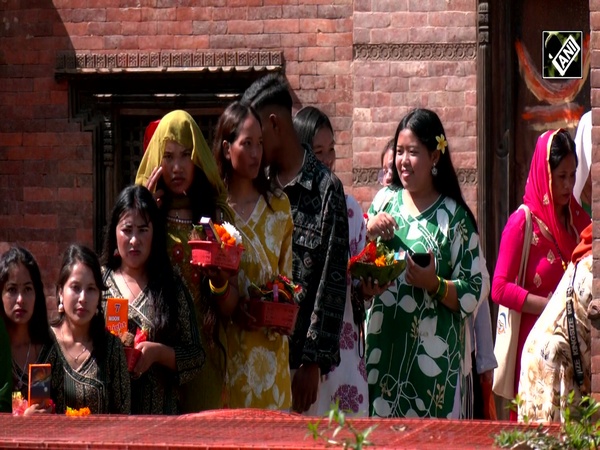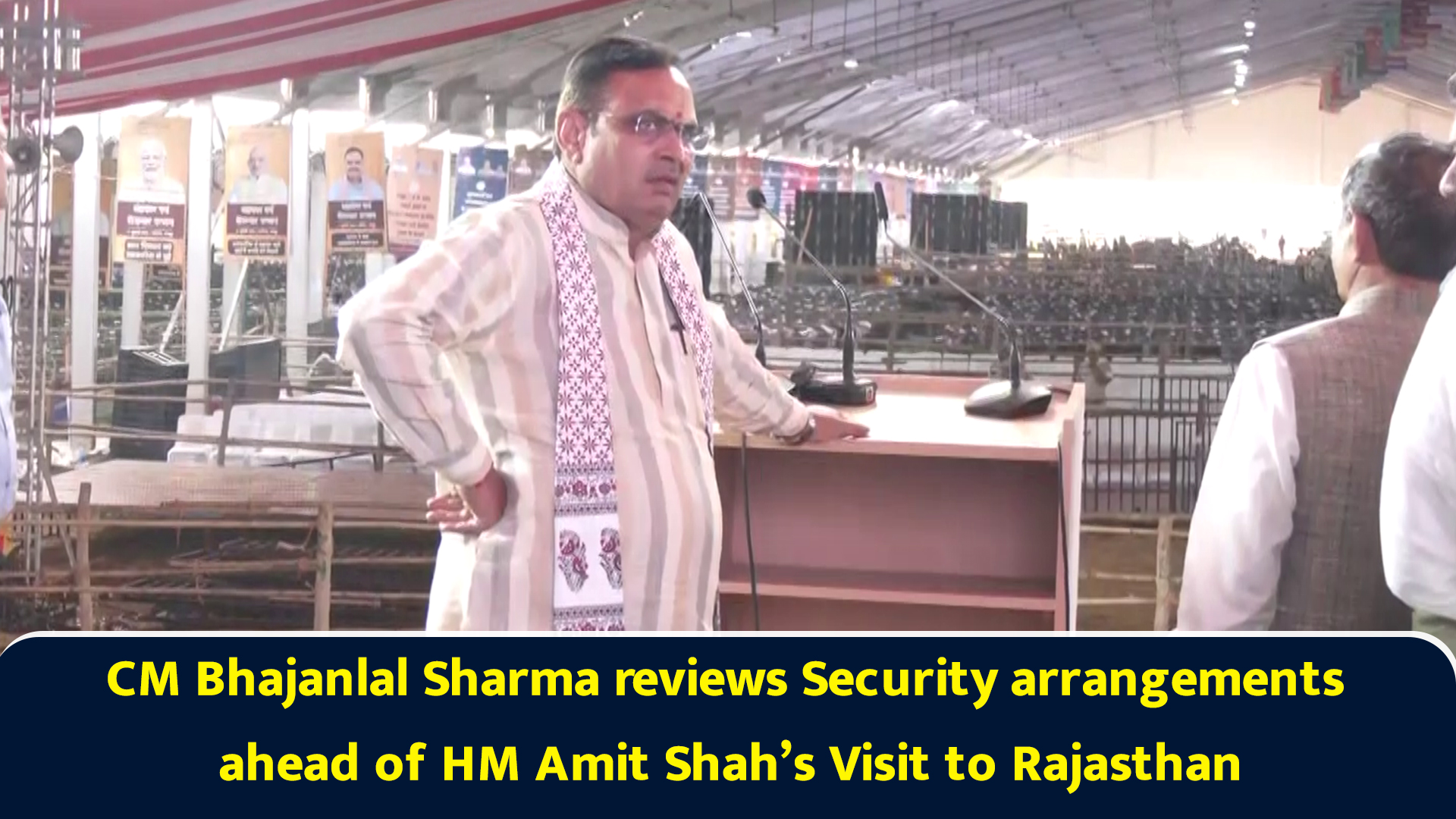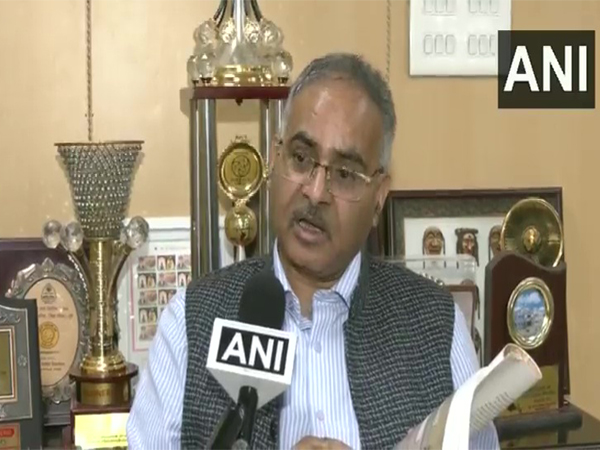
Class 8 history book based on verified sources: NCERT Director Professor
Jul 17, 2025
New Delhi [India], July 17 : National Council of Educational Research and Training (NCERT) Director Professor Dinesh Prasad Saklani defended the content of the Class 8 Social Science textbook on Thursday, asserting that the historical facts included are grounded in well-established and authentic sources.
"All the historical facts and evidence mentioned in the Class 8 Social Science textbook published by NCERT are based on historical sources and texts like Baburnama, Banaras Gazetteer, Maasir-e-Alamgiri written by Saqi Muttid Khan and translated by Sir Jadunath Sarkar, the book 'The History and Culture of the Indian People' written by R.C. Majumdar, etc," Professor Saklani told ANI.
His statement comes after the textbook's portrayal of Mughal emperors has drawn attention, describing Akbar's reign as a "blend of brutality and tolerance" and Aurangzeb as a military ruler who enforced bans on "un-Islamic" practices and taxed non-Muslims.
To support this portrayal, Saklani cited Muntakhab-al-Lubab by Khafi Khan, a contemporary historian during Aurangzeb's rule.
He said, "The facts mentioned in the textbook are supported by authentic historical sources. These facts clarify the complexity of the social, religious and political aspects of Indian history. The rulers of the Mughal Empire, especially Aurangzeb, have been described in detail in 'Muntakhab-al-Lubab' written by his contemporary historian Khafi Khan."
Stating that the books presents historical facts in a "balanced and concise manner," he continued that students should know the "not only know the facts but also understand their impact in depth."
Meanwhile, from detailed views on Maratha leaders to the history of Sikhism, and from powerful regional dynasties to overlooked rulers like Narasimhadeva I, the newly released NCERT Class 8 Social Science textbook offers a broader, more inclusive account of Indian history.
The book, Exploring Society: India and Beyond--Grade 8, Part 1, introduces detailed chapters on the Sikh and Maratha empires, which were previously limited to a few pages or passing references.
It also brings regional figures, such as Narasimhadeva I, the Gajapati rulers of Odisha, the Hoysalas, Rani Abbakka I and II, and Marthanda Varma of Travancore, into national focus.
The Sikh chapter traces the community's rise from a spiritual movement initiated by Guru Nanak to the militarised resistance under Guru Gobind Singh, culminating in the formation of the Khalsa and the establishment of a unified empire under Maharaja Ranjit Singh.
It narrates how the Sikh Gurus stood against Mughal persecution, with the execution of Guru Tegh Bahadur and the founding of the Khalsa by Guru Gobind Singh being pivotal moments.
The book also highlights the secular and inclusive governance style of the Sikh Empire, which stretched from Punjab to parts of Kashmir and remained a stronghold against colonial expansion till the mid-19th century.
The book, to be introduced from the 2025-26 academic year, also marks a shift in tone in its portrayal of the Mughal emperors, offering detailed accounts of conquest, religious decisions, cultural contributions, and brutality.
The chapter on the Marathas, which was previously only 1.5 pages long, has now been expanded to 22 pages and begins with Shivaji's rise in the 17th century and his coronation at Raigad Fort.
It describes his innovative administrative systems, military strategies, including guerrilla warfare, and his emphasis on swarajya or self-rule.
The book goes on to explore the contributions of Shivaji's successors, including Sambhaji, Rajaram, Shahu, and visionary leaders such as Tarabai, Bajirao I, Mahadji Shinde, and Nana Phadnavis.
It details their administrative reforms, military expansions, naval power, trade routes, and even cultural patronage. It also gives rare attention to the southern Maratha outposts like Thanjavur under Ekoji and Serfoji II, where literature, medicine, and printing presses flourished under local Maratha rulers.
The textbook also has a detailed inclusion of regional powers that have often been treated as footnotes.
Narasimhadeva I is credited with building the iconic Sun Temple at Konark, a symbol of maritime power and artistic excellence.
The Gajapati rulers of Odisha are presented as a major post-classical Hindu power that resisted external invasions and supported temple culture.
The Hoysalas are noted for their architectural innovation and stable governance in southern India.
Rani Abbakka I and II are profiled for their legendary resistance against Portuguese naval dominance in coastal Karnataka. Marthanda Varma of Travancore is portrayed as a military reformer and strategic leader who defeated the Dutch at the Battle of Colachel, a rare instance of an Asian power overpowering a European colonial force in the 18th century.
The new textbook also provides context to well-known Rajput rulers, such as Rana Kumbha and Maharana Pratap, not just as warriors but as figures of strategic importance during a period of shifting power dynamics in Delhi.
The Vijayanagara Empire too, receives in-depth treatment, including its economic policies, temple architecture, and resistance to Turkic invasions from the north.
